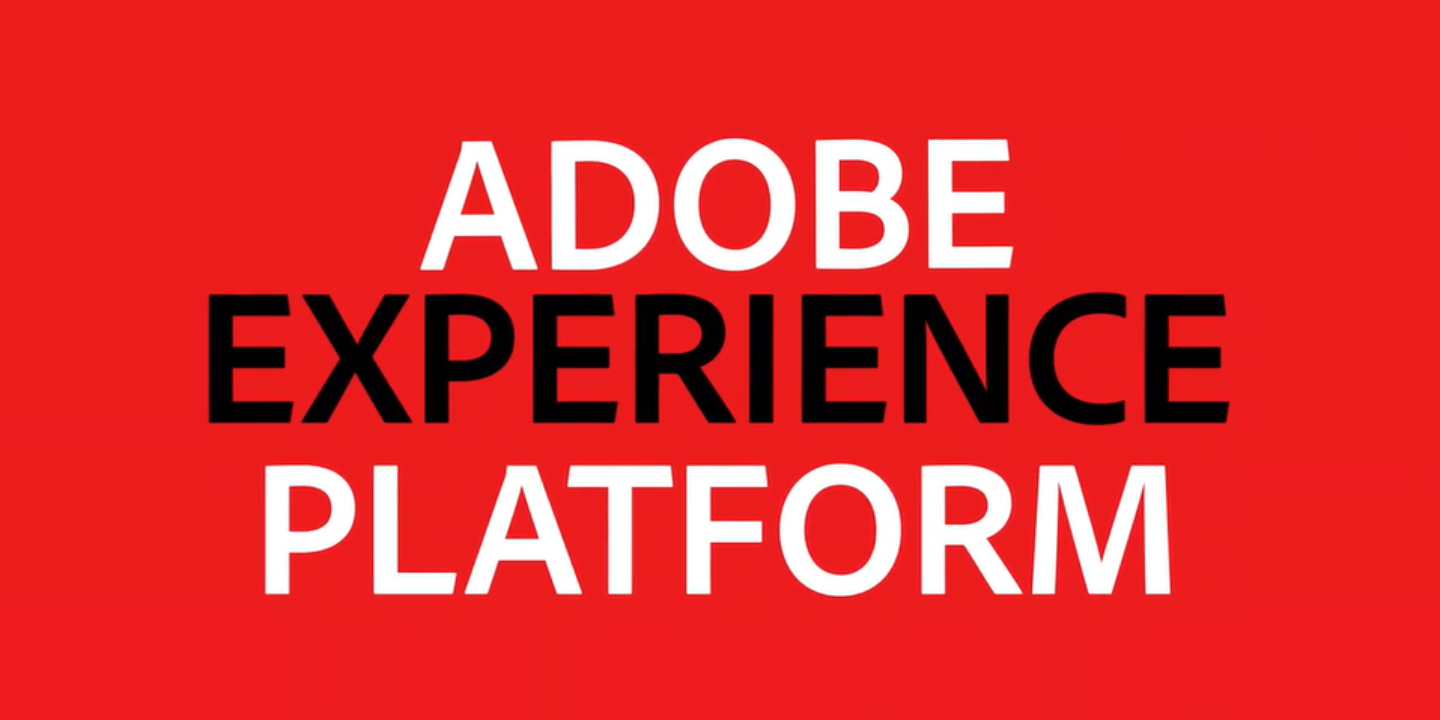
AEP (Adobe Experience Platform) is the underlying data layer for products such as AJO (Adobe Journey Optimizer) and Adobe Real-Time CDP (Customer Data Platform). It is nonetheless not limited to working with other Adobe products and standard integration points are available to activate on third-party or custom applications.
Of course, data first needs to be ingested and prepared before it can be put to good use. This is critical both from a technical and a qualitative perspective, and there are important constraints to consider.
What Customer Data?
First, let’s look at what type of data could be ingested. Below is a non-exhaustive list with specific examples:
– Individual data is the core Personally Identifiable Information (PIII) – such as name, email address, postal address, age, social security number, national insurance number or telephone number – that can be used to directly identify an individual.
– Interactional or behavioural data refers to all the actions a consumer has taken, and which are directly or indirectly being recorded. Those can be email open rate, email clicks, web traffic, app usage, in shop location, surveys, customer support interactions, chats, phone recordings, etc. The depth and granularity of this data type can look overwhelming.
– Transactional data could also be called purchase history, but we’d be mistaken to think that it is “just” a list of what was bought. Nowadays, retailers have dynamic product catalogues with non-standard attributes, which added to discounts, offer redemption, or returns, make the transactional data complex to handle. Let’s not forget that many businesses have several routes to market such as eCommerce and physical POS, adding again to the complexity.
– Financial data could give more depth to transactions by introducing broader cost and margin information. This is particularly interesting when looking at lifetime value (LTV) and ROI metrics.
– Operational information such as logistics data can enable use-cases around stocks or delivery timing.
– Third Party data could be referring to any enrichment or reference data. For example, the Royal Mail provides the Postcode Address File (PAF), a list of all known “Delivery Points” in the UK.
Until they are consolidated, all those data sources are typically creating their own siloed and incomplete view of the customer.
Customer Data Preparation
First it is important to keep in mind that not all data points are useful, and that data is never perfect from a qualitative perspective. Selecting the right data and standardising it is part of the process and a key step in making it subsequently easier to access and leverage. This is one of the reasons why the Adobe Experience Platform comes with standardised schemas. Best practices are built into the solution enabling a faster implementation whilst keeping a degree of flexibility.
Data governance and privacy are also two key aspects of data preparation. Both are crucial in building a technical stack that is both manageable in the long run and compliant with the rules and regulations at play. GDPR in Europe and CCPA in the US are just two examples of such regulations. Being able to systematically and easily comply with those consumer rights is crucial. Those are, for example, the “Right to Know”, “Right to Delete”, “Right to Opt-Out” and “Right to Non-Discrimination” but each region of the world and each business might come with its additional constraints.
Why Is It So Hard?
We’ve already seen that there is a great diversity of data sources as well as governance considerations, but the next stumbling block is of a technical nature. Over the past decade, the volumes of available data have consistently been growing. You will be familiar with the term “big data ” which has been overused but gives a sense of how large the datasets have become. Additionally, the traditional weekly or daily refreshes are no longer enough to support real-time use-cases, and some data is only available as a stream. It needs to be captured as it is created, or it is lost. The real-time aspect of CDPs is of great importance. It’s expected by both the business and the consumers. It is also how modern stacks are being architected.
Of course, the age-old challenges of matching, deduplicating and normalising data still apply. We’ll finish with a few examples of what still needs to be thought through during an AEP implementation:
– People using multiple email addresses (professional and personal)
– People setting up multiple accounts (intentionally or not)
– People sharing a single account (like couples)
– People anonymously (not using their loyalty card for example)
– People using several devices and expecting seamless customer journeys
– People wanting security but tired of logging-in
– People wanting privacy as well as a personalised and relevant experience
– Legacy system with no unique identifier
In the end, not everything is solved by technology but starting with a strong platform and a skilled implementation team is not a bad way to get going. If you have any questions about the above, let’s chat!



